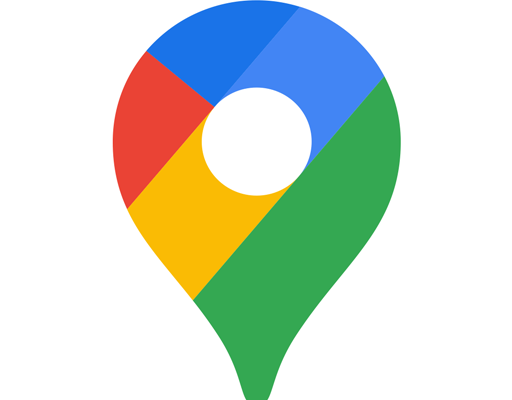Assistive Technology Personalizes the Learning Environment

We talk a lot about personalized learning and how it can benefit learners by providing them with more detailed instruction catered to their needs. It helps them overcome learning challenges and achieve their educational goals.
We’ve also discussed assistive technologies – technologies designed to aid students with learning difficulties and other disabilities, understand and retain knowledge to improve their learning outcomes. The two can go hand-in-hand, as assistive technology can help all students receive a more personalized learning experience.
Let’s take a look at some of the ways that AT is used in the classroom and its personalized learning.
Electronic Worksheets
For students with learning disabilities like dyslexia, e-worksheets can help them complete their assignments effectively. These worksheets can help them line up equations, words, and numbers on their assignments, making reading and interpreting the information easier.
There are even speech synthesis and text-to-speech features available on these worksheets, helping students with reading and writing difficulties. Moreover, many electronic worksheet programs provide real-time feedback about which questions students answered correctly and which ones they didn’t, allowing them to see exactly which areas of study need extra attention.
Talking Calculators
Dyscalculia is a learning difficulty related to math, where an individual has an impairment when learning number-related concepts, performing accurate calculations, reasoning, solving, and performing other basic math skills. For these students, talking calculators can be a saving grace – the tool makes it easier to read numbers, check assignments, and perform calculations.
While the talking calculator is a relatively simple tool, it is incredibly beneficial to students that struggle in math classes. Text-to-speech devices function much the same and can provide similar benefits, though for reading comprehension and spelling skills.
Video Demonstrations of Social Skills
For children with autism, ‘normal’ social behaviors and interactions do not come naturally and must instead be learned. The most common way to teach social skills was to have the child practice them in the past. Still, the children inadvertently misbehaved as they tried to learn ‘normal’ social interactions.
Using pre-recorded social interactions, students can learn social interactions and essential life skills without accidentally misbehaving. Besides interpersonal skills, these videos can teach linguistic, self-help, emotional, and academic skills.
Phonetic Spelling Apps & Software
Many learners with learning disabilities struggle to get the hang of reading and writing. Phonetic spelling software converts a student’s typed input into the word that they were attempting to spell, helping them learn the word’s proper spelling.
For learners who have difficulty reading, audiobooks are available. They can be listened to in conjunction with the book’s physical copy to overcome their reading challenge.
Concluding Thoughts
Though there are already many other ways to personalize students’ learning environment and experience, assistive technology is perhaps one of the most effective. This is especially true for students that struggle with learning disabilities and difficulties.






